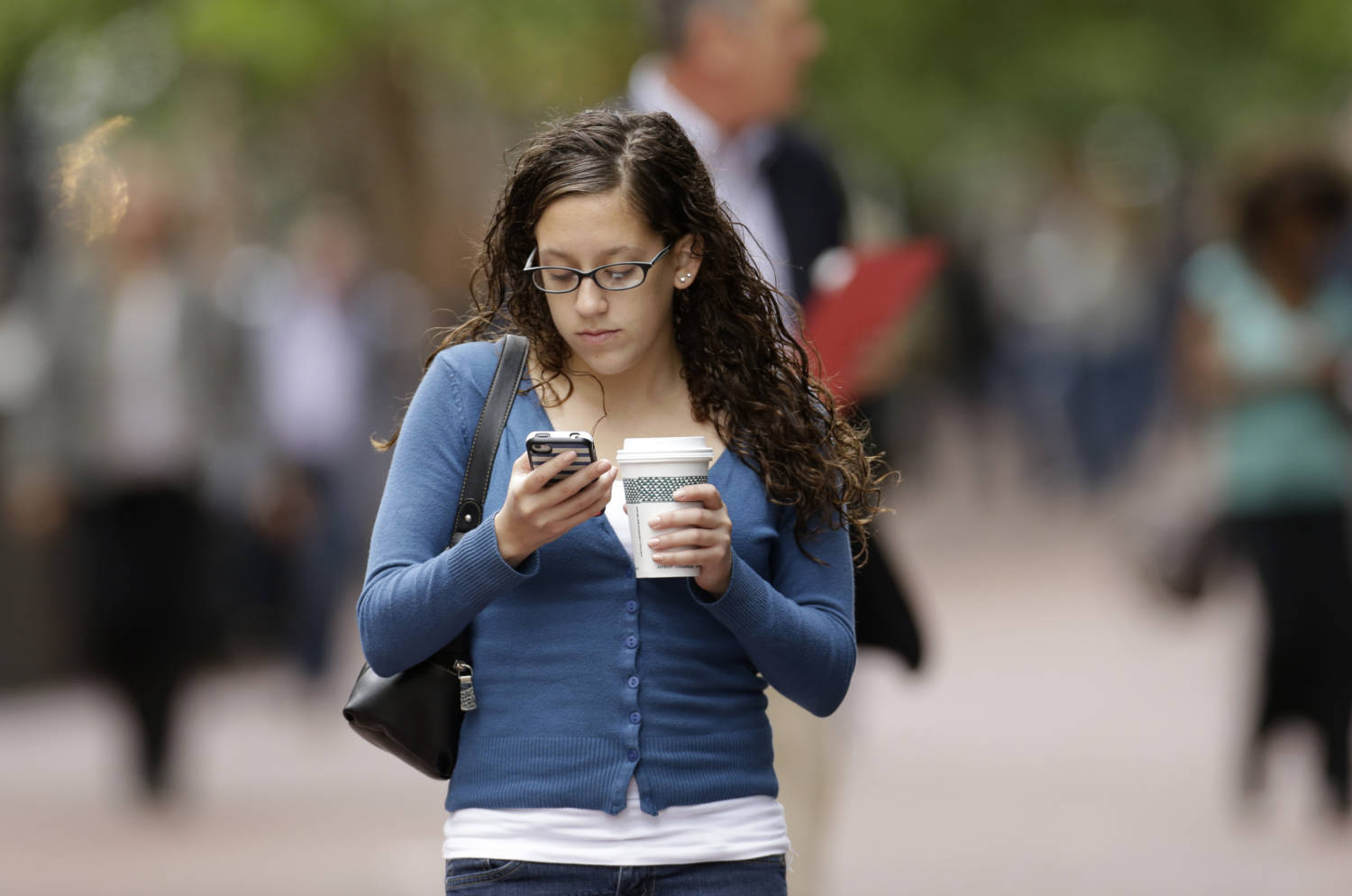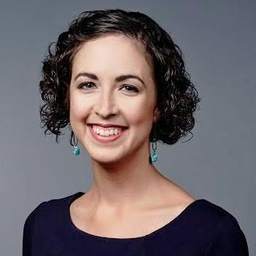The Cohort is Poynter’s bi-monthly newsletter about women kicking ass in digital media.
There was a short period of time when I was on antidepressants. I was struggling with insomnia, near-constant jaw pain and regular bouts of anxiety.
I was suffering major burnout, and it was almost entirely spurred by work.
That’s one of the reasons I came to Poynter. I knew I wasn’t alone in feeling that way, and I loved the idea that my new job might offer opportunities to help journalists experiencing their own form of burnout.
Here’s the irony: I’m still struggling with the same thing at Poynter. Thankfully, it’s to a much lesser degree. There’s no jaw pain, I’m no longer on antidepressants, and I’m sleeping regularly. But I feel that anxiety creeping up again, that nagging sense that I can’t afford to fully break away from work.
I’m finally starting to realize that the burnout isn’t a result of the workplaces I’ve chosen. It’s a result of working habits and beliefs that I’ve built up over time. My boss isn’t telling me I need to check my email first thing in the morning or keep plugging away at work in the evenings. It’s my choice to work those hours. It’s ultimately on me to stop blaming work and start taking responsibility for my own well-being.
Managing stress is something only I can control. Setting boundaries is something only I can do. Fighting burnout rests squarely on my (often tense) shoulders.
Bad habits are hard to break and healthier habits are even harder to form. Overworking is such a tough nut to crack because it seems like a good thing — it’s often praised by bosses and rewarded by society. Since when was someone profiled for being exceptionally good at spending their weekend away from their phone? (Well, except in The Cohort.)
The reality is, we’re better workers when we are refreshed. Working harder isn’t the same as working smarter. I’m more productive and focused on days when I’ve unplugged the night before and squeezed in some exercise or meditation in the morning, but those days are pitifully few and far between. Instead, I fall into old habits and get frustrated with how unproductive and unfocused I can be.
But it is possible, y’all. I went on vacation with family last week and I completely unplugged. I deleted Twitter from my phone. I turned off Facebook and Slack notifications. I snuck a peek at my email twice — that’s it.
Ignoring the pull of my phone and laptop, I blew through three books. I spent many hours coloring. I swam and played volleyball and took long walks. I ate way too much good food and drank way way too many good beers. I caught up with my mom and brother. I slept, let my mind wander and recharged my brain.
When I returned to work, emails had piled up. There were a couple of small fires to put out. It took me a full day to get back into a good routine. And it was all worth it, because I returned to the office brimming with ideas and enthusiasm. I feel so much happier and focused.
I’m sure the feeling of burnout will creep up sooner or later, and I’ll return to this essay to remind myself that I have the power to combat it. I hope you’ll do the same. If you’re feeling stressed out, list some ways that you can improve the situation. Tackle the items you can, talk to your boss about the others, and try to find some precious windows of time to allow yourself to completely unplug — no social, no email, no TV, no worrying.
Your brain will thank you.
xoxo
KHG
You all know that Poynter’s Leadership Academy for Women in Digital Media is rad. Did you know that we’re partnering with NABJ to host the Leadership Academy for Diversity in Digital Media? It’s a free, one-week program here in sunny St. Pete, Florida (in December, when you’ll really appreciate the sunshine) and applications are due Monday. Get on it!
Things worth reading (and watching)
There are so many badass female Olympic athletes to root for. Katie Ledecky is a machine. Kerri Walsh Jennings is a champion who somehow birthed three children. Simone Biles is an amazing ridiculous beautiful powerhouse. And those are just a handful of Americans. Women from all countries are bringing it this year! Unfortunately, it’s still not easy being a female athlete. The wonderful Lindy West thankfully wrote a helpful guide for Olympic commentators stumbling over sexist gaffes.
We’ve all seen John Oliver’s spot-on local newspaper segment, yeah? I’m still somewhere between laughing and crying. It’s now considered professional misconduct to refer to a woman in court as “honey” or “darling” and illegal in Massachusetts to ask about a candidate’s salary in a job interview. Progress! And Vox’s Alisha Ramos has some fantastic advice on climbing the career ladder in this Pay Up Q&A.
Meet Deborah
It’s been awhile since I’d seen a piece of journalism that reminded me why I fell in love with news in the first place. Deborah Acosta’s Fragments of a Life video did just that — it’s a participatory storytelling gem that seamlessly combines Facebook Live footage, reader interactions, video interviews and a real-life mystery. Deborah, 31, is an editor on the New York Times social video team with a special knack for innovative storytelling.
I reached out to Deborah on a whim and she graciously answered my questions. Enjoy! (And definitely take 10 minutes to watch the full video.)
There’s so much to love about the Fragments of a Life video. What was your favorite part about putting it together?
I loved meeting the people who knew Mariana. It was so exciting to learn about her life.
It can be hard to convince colleagues to see social networks or tools like Facebook Live or Snapchat as an opportunity to do serious journalism. What tips do you have for winning over reluctant coworkers?
Leading by example is the best way. If they can see examples of how it can work, then they’re much more likely to be interested.
Involving the audience in reporting can be a daunting prospect. What benefits have you found in opening up stories to audience contributions and input?
In this case, the audience knew the slides were Mariana’s well before I did! I thought they were wrong at first. They also made me realize that the storage locker nearby must be related in some way.
In the past, I’ve done pieces where I’ve gathered public reaction to major events, via Instagram video. When The Supreme Court ruled against DOMA, I was able to gather video reactions from people all across the country, instantly. Traditionally, without the use of social media, that would be much harder to do, and you’d never achieve the same authentic result. In this case, I gathered video of people who were sometimes sitting in their living rooms, with tears of joy streaming down their faces.
A lot of young journalists today, especially women, suffer from burnout. Do you have any tips for avoiding burnout at work?
That is something I’m still working on myself! Eating healthy foods while on the road is very important. Often, I don’t get enough sleep while on deadline and on the road, and I try to compensate by hydrating properly and eating well. Also, time off is very important, especially after a particularly grueling month.
Fragments of a Life was a really innovative approach to presenting Facebook Live video. Are there any other social or digital tools you’re excited to experiment with?
Thanks! I’m very interested in virtual reality. A couple years ago I saw a piece by Chris Milk, Clouds Over Sidra, that blew me away. It’s about a young girl in a Syrian refugee camp in Jordan. Watching that piece made me feel like I’ve actually been to a Syrian refugee camp. It increased my understanding of that world in a visceral way that I don’t think traditional video could ever do.
I’m looking for more badass women to profile. Email me at katie@poynter.org. You can also nominate someone on Twitter with #digitalwomenleaders.
Pass this newsletter on to coworkers and friends! Watching The Cohort community grow makes me super happy.
The Cohort is part of the Poynter Leadership Academy for Women in Digital Media. Props to Kristen Hare for her thoughtfulness, newsletter edits and insight.







